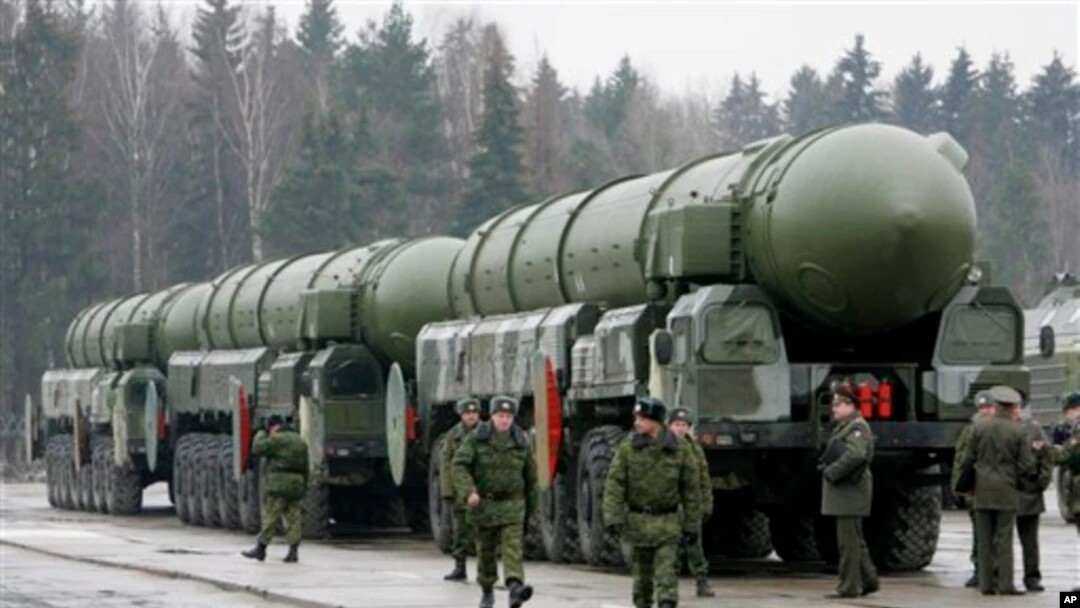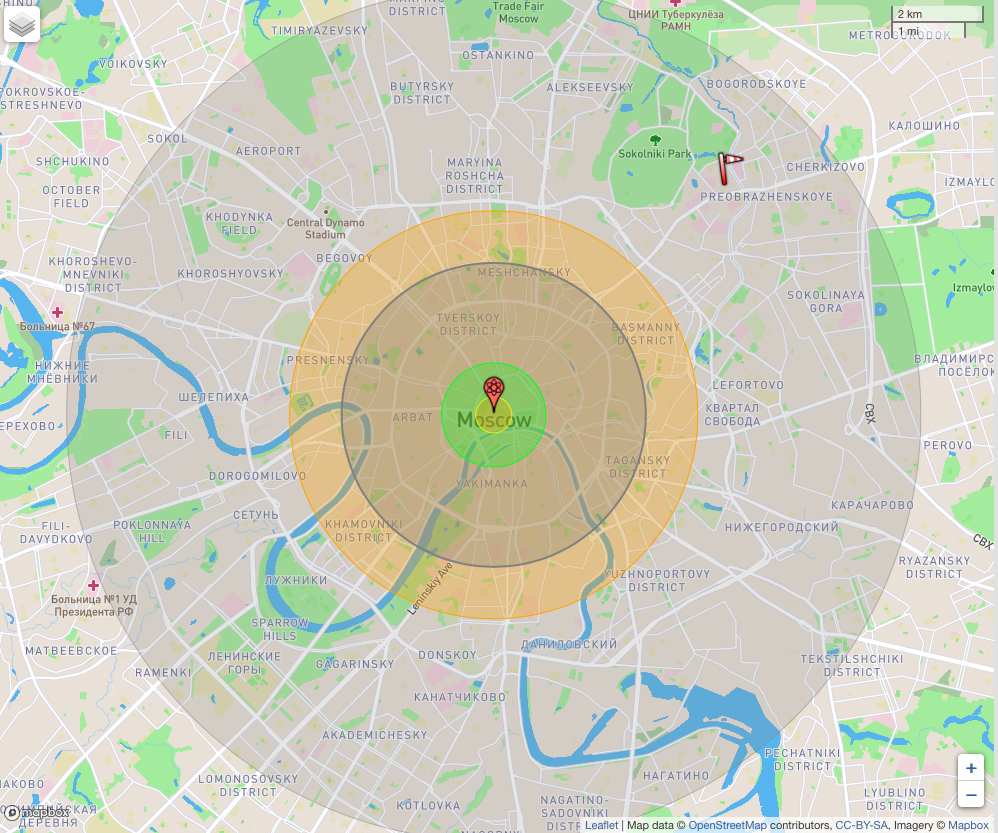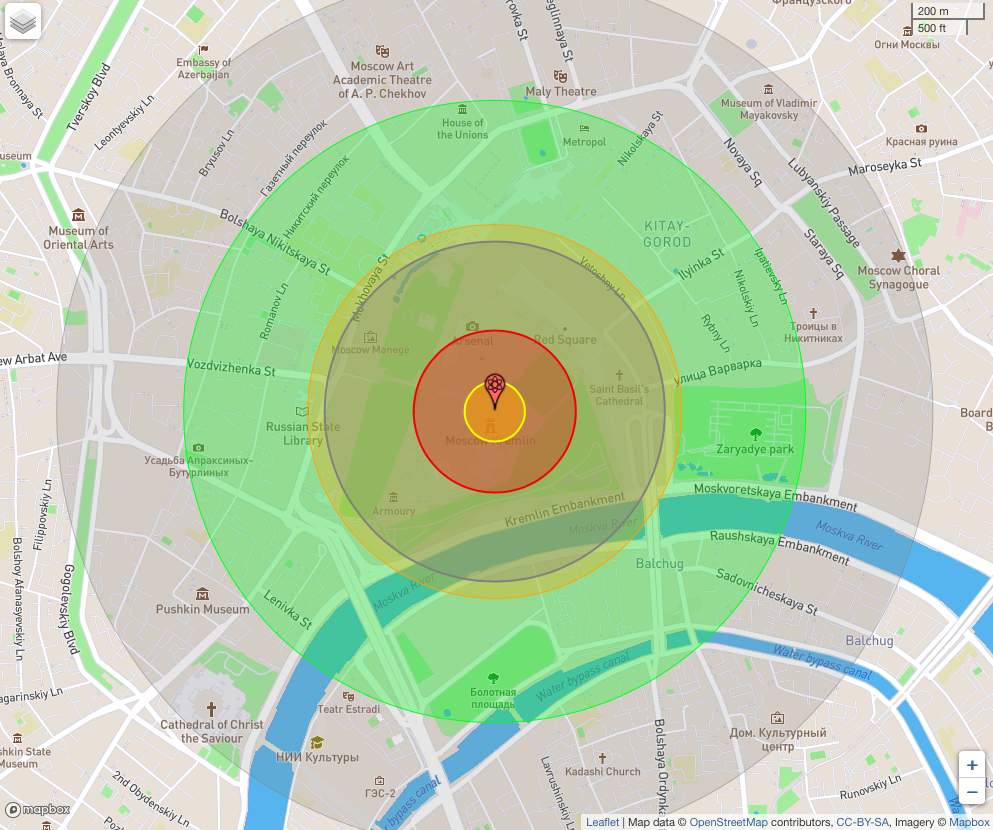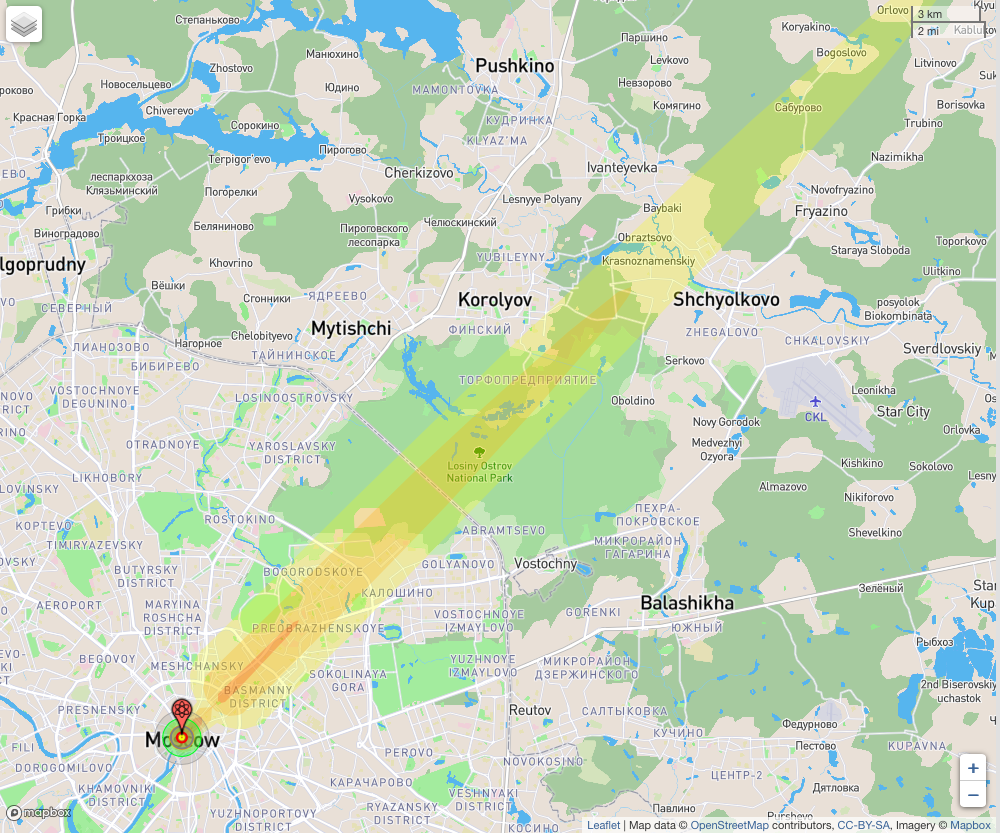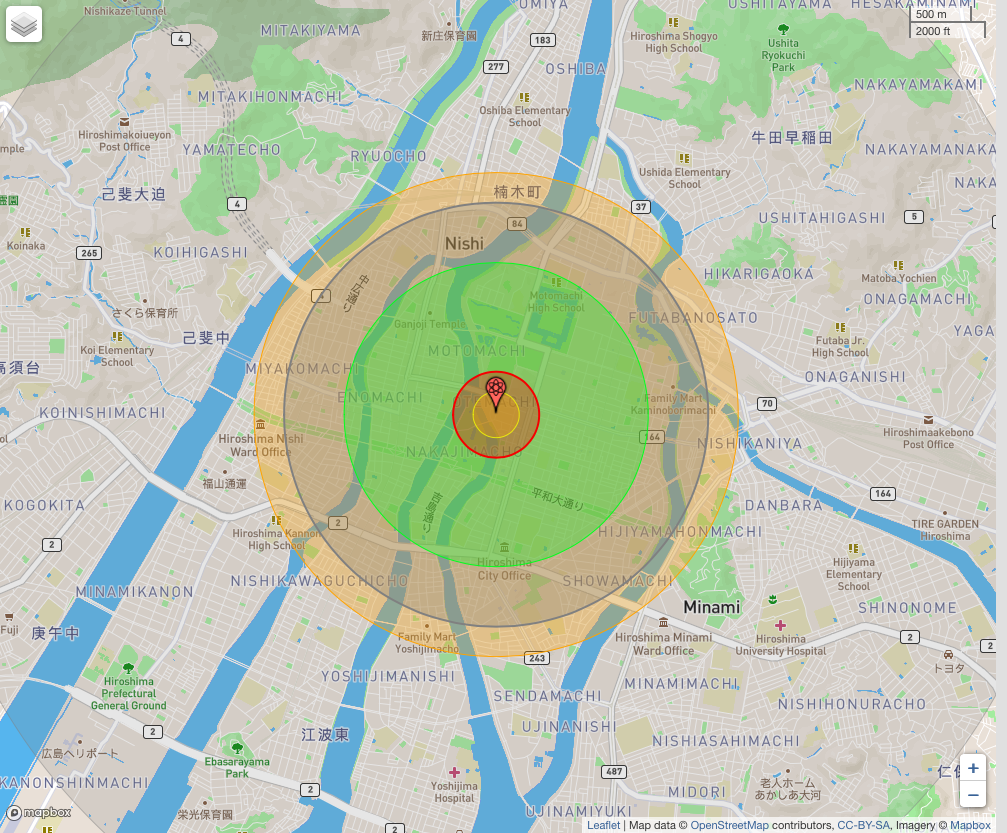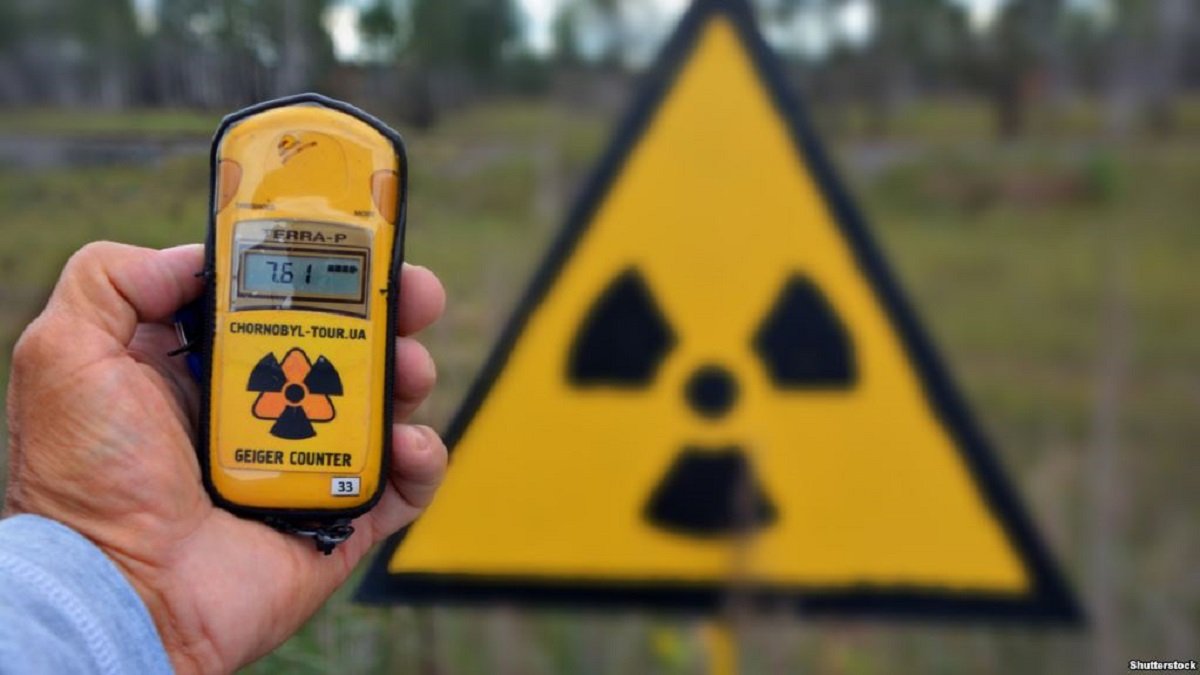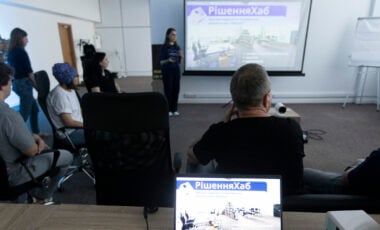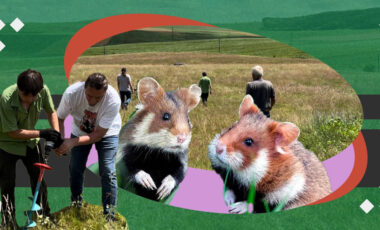How to survive if russia uses nukes in Ukraine
Will russia use nuclear weapons in Ukraine? It may not, but little preparation gives us peace of mind. We discuss possible scenarios, where to hide, and how to take potassium iodide. History shows that you can survive even at the epicenter of the explosion.
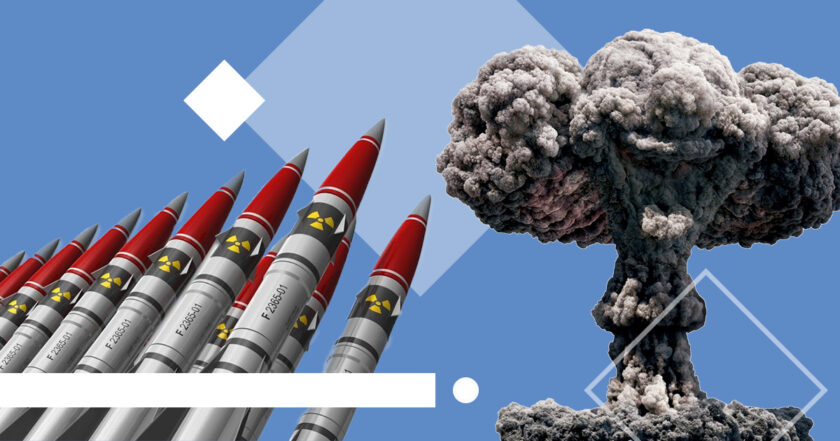
What is the problem?
Humanity is already facing the threat of World War III, which will become nuclear. The Cold War threatened the use of atomic weapons and lasted more than 20 years. Diplomacy saved the world then, but while the threat continued, briefings on safety rules during a nuclear explosion were held everywhere—in schools, kindergartens, and businesses. Everyone knew how to behave during a radioactive threat. Unfortunately, we're now facing a similar challenge again: russia has repeatedly hinted at its nuclear weapons use over the past two months.
We hope russia will not use it, but it's better to be ready for anything. What you need to know to survive a nuclear explosion is below.
What nuclear weapons can russia use in Ukraine?
The first thing to know is that there are "strategic" and "tactical" nuclear weapons. russia can use tactical nukes over relatively short distances. It distinguishes them from "strategic" nuclear weapons, which can be "sent" over long distances. The term "tactical" includes many types of weapons, including smaller bombs and missiles used as weapons on the battlefield. Nuclear warheads can be placed on various types of rockets commonly used to deliver conventional explosives, and can even be used as artillery shells on the battlefield, dropped from aircraft, or launched from ships, such as torpedoes and depth charges to hit submarines. It is believed that russia is more likely to use tactical weapons than larger strategic missiles.
What's the destruction radius in the case of nuclear weapons use? Consider examples
The nuclear weapon's power depends on several factors, including the warhead size, the height at which the warhead explodes, and the area where the nuclear weapon is used. The BBC reports that russia has about 2,000 tactical nuclear weapons. These warheads are in storage, not deployed, and ready to fire. The smallest of the warheads can weigh one kiloton or less, and the larger can reach 100 kiloton. By comparison, the atomic bomb that killed about 146,000 people in Hiroshima during World War II had a capacity of 15 kilotons, and russia's most large strategic weapon is at least 800 kilotons.
Rubryka has decided to determine what damage can be inflicted in the event of the smallest "tactical" and more extensive, "strategic" nuclear strike. The NUKEMAP resource, which creates a hypothetical situation in the selected city with the preliminary data, helped us. As, fortunately, the resource doesn't offer Ukrainian towns, we will consider Moscow as an example of a possible nuclear explosion in the air.
For example, if a 100-kiloton bomb falls on the center of Moscow, it will kill more than 250,000 people, and more than a million will be injured in burns and wreckage. The map shows the conditional radii of the destruction depending on the severity of the consequences.
- Marked in yellow is the conditional size of a nuclear fireball; its radius is 380 meters, and its height is 350 meters. Everything inside the fireball evaporates.
- The conditional radius of radiation is shown in green. In this case, it is 1.11 km (3.86 km). A fatal end is possible for everyone in this radius in about one month; 15% of survivors will eventually die of cancer. However, one historical fact, which we will discuss below, refutes this version, and even being in this area, a person has a chance not only to survive but also to live a long life.
- The dark gray color shows a moderate radius of the explosion. During the explosion of a 100-kiloton bomb, the radius is 3.26 km (area of 33.5 km). Most residential buildings in this area will be destroyed; deaths will occur due to the blast wave. There is a high probability of fire on the premises, and buildings damaged in this way are likely to burn. This radius is often used as a reference for average damage in cities.
- The radius of thermal radiation is shown in orange—4.38 km. Its area is 60.3 km2. Those within this radius outside the shelters will receive third-degree burns. The radiation spreads to all layers of the skin and is often painless because it destroys nerve endings. Such burns can cause severe scarring or even amputation.
- The light gray color is the radius of the "light" explosion, which is 9.18 km (265 km). All glass windows in this area will break. It can cause many injuries to those going to the windows when they see an explosion of a nuclear blast—often used as a landmark for minor damage in cities.
It is a hypothetical situation of an air bomb blast. These radii, except for a nuclear ball (with 500 meters instead of 380), will be about twice as small if a ground explosion occurs.
Let us now consider a situation where ground tactical rather than strategic nuclear weapons are used. The power of such weapons will be 100 times more minor, i.e., one kiloton. In our example, the Kremlin receives a blow.
In this case, the radius of the nuclear fireball will be 80 meters, and the radius of an intense explosion (red on the map) is 220 meters. Within this circle, all 100% of cases are fatal.
The radiation radius (green) is almost a kilometer, and the radius of the "light explosion" with broken windows (gray) is 1.2 km.
How does radioactive contamination spread after an explosion?
Radioactive contamination of local objects, military equipment, ships, and people outside shelters is possible in the area of a nuclear explosion and the path of a radioactive cloud. Infection occurs due to the fallout of radioactive substances formed during the blast. Radioactive radiation of these substances, as well as permeable radiation, is harmful to the human body. Human senses do not detect them because they have no smell or color. Their detection is possible only with the help of dosimetric devices—radioactivity indicators, X-rays, or radiometers. An X-ray meter allows you to determine the area's radiation level. The radiometer defines the radioactive contamination of people, air, water, and equipment.
Again, looking at the example of Moscow, we can consider how far radiation infection spreads during a one-kiloton bomb explosion. We know that the wind propagates radiation. In this case, it is northeastern.
- The red color is the contour of the loss of 100 rads per hour. It is an area of 7.36 km long and 460 m wide. Being in this area for an hour, a person undergoes short-term sterilization, losing the ability to have offspring. Possible primary radiation sickness: immune diseases, cancer, cataracts, sclerotic processes.
- The area is painted orange with ten drops per hour, its length is 27.5 km, and its width is 2.27 km, with the probability of mutations doubling in such irradiation. However, this dose is three times smaller than a person receives during a stomach x-ray.
- The area with one drop per hour is marked in yellow. A person working with a source of ionizing radiation for a whole year in the nuclear industry receives approximately the same radiation dose.
What is the solution?
What characteristic features of a nuclear bomb explosion, and how to act in this case?
To better understand what to do in the event of a nuclear explosion, you must first determine what the explosion was. It is not difficult because an atomic blast differs from the usual one. Its power can be thousands of times greater than the power of the outbreak of the giant high-explosive aircraft bomb, accompanied by many phenomena not typical of a conventional explosion (more on them below). It will also be reported on the radio.
What can save you from radiation contamination?
Being in any of these areas is dangerous to health because radioactive substances enter the human body through air, water, and food. Remember that time, distance, and shielding reduce the effects of radiation in the same way that they protect you from excessive sun exposure.
👉🏻 Time: Limiting or reducing the action time minimizes the radiation dose.
👉🏻 Distance: Just as the heat from fire decreases as you move away from it, the radiation dose decreases significantly as the distance from the source increases.
👉🏻 Shielding: barriers made of lead, concrete, or water protect penetrating gamma rays and X-rays. For this reason, some radioactive substances are stored underwater or in rooms veneered with concrete or lead, and dentists place a lead blanket on patients by taking X-rays of their teeth. Therefore, installing a reliable screen between you and the radiation source will significantly reduce or eliminate the received radiation dose.
During a nuclear explosion, your safety depends on every split second. Therefore, we will look at each stage of a nuclear blast. Here's what to do in advance:
- You probably already know where the nearest bomb shelter is after the start of a full-scale war. Remind yourself of this again; think of an evacuation plan.
- Check the contents of the emergency bag again. This kit should include hermetically sealed food and non-perishable water, battery-powered radio or a generator with a manual drive, a flashlight, batteries, first aid kits, and copies of essential documents if you need to be evacuated. See the Basic Disaster Supplies Kit for more information on what is included. Do not forget to stock up on potassium iodide or regular iodine in advance. If possible, bring a dosimeter.
- Make a family plan for emergency communication. Share your family plan with your loved ones and work it out so your family knows how to respond to an emergency. For more information on creating a plan, including templates, visit Make a Plan.
The first thing you will see is a bright flash.
Your actions?
The main sign of an explosion is a super-powerful flash of blinding light; it is visible even on the brightest sunny day. The first element of the nuclear explosion's striking mechanism is infrared radiation, which lasts only a few seconds. Still, it is so intense that despite its short duration, it can cause burns to exposed areas of the body facing the explosion and temporary (5–10 minutes) blindness when looking in the direction of the blast with unprotected eyes. Light radiation causes fires in forests, steppes, and settlements and disrupts gas and electricity networks, active boilers, and heating stoves. Under its influence, wooden surfaces are charred, and uniforms, covers on equipment, billboards, and so on can burn out.
This "effect" is confirmed by "Shadows of Hiroshima"—silhouettes on a burned-out background in places where the spread of radiation interfered with the body of man, animal, or any other object. In the case of a ground-based nuclear explosion, about 30–50% of the energy of a nuclear bomb is converted into deadly light radiation.
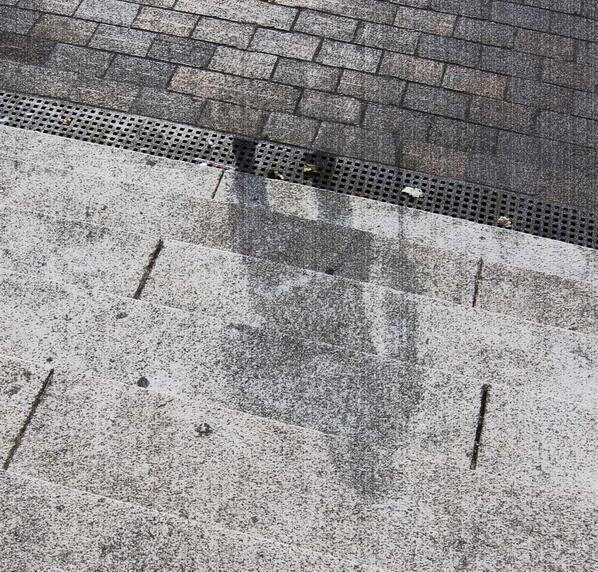
This historic photo was taken on the Aioi Bridge, near the epicenter of the Hiroshima nuclear explosion. The shadow of a man with a cane is an area not affected by a nuclear flash. People unprotected within the radius of light radiation received severe burns before charring and then bouncing off the shock wave, leaving unburned shadows. There are nine such shadows on the bridge after the explosion.
❓What to do immediately after the blast?
As we remember, tactical nuclear weapons, the risk of which exists in Ukraine, can be dropped from aircraft or launched from artillery units. A nuclear missile attack becomes known in half an hour, but only in the case of strategic weapons. The best way to survive a nuclear strike in the city is to meet it in a basement with a reinforced concrete floor, as reinforced concrete efficiently absorbs gamma photons. If you ignore the air raid siren and stay on the street, remember that light on the earth reaches us faster than the shock wave after the flash. Therefore, noticing a flash, proceed as follows:
- Immediately fall face down.
- If you understand which side of you is the explosion's epicenter, lie on the ground with your head away; even better, hide behind any object, or house, to stay "in the shadows."
- If you have a hood or jacket, pull them over your head while falling; if not, cover your head with your hands.
- There will be several shock waves. In its recommendations, the WHO advises to get up only after the second.
Remember: the sooner you fall, the weaker the burns will be: every fraction of a second is essential.
The following 10 minutes after the explosion give a chance to escape. Fireball, nuclear mushroom, and shock wave
After the flash, a glowing area is formed as a fireball (in the case of a ground and surface explosion, it's a hemisphere); the brightness in the initial stage significantly exceeds the sun's brightness. You can't look at a fireball with unprotected eyes. The fireball, rapidly increasing in size, rises while the illumination of its glow gradually decreases. A few seconds after the fireball appears it becomes a swirling cloud. Simultaneously with the fireball, a column of dust and smoke rises from the ground behind the cloud. This explosion stage visually resembles the shape of a mushroom, hence, the name "nuclear mushroom." If a nuclear bomb falls into the water, the pillar will be made of water; if it falls to the ground, it will be made of earth, debris, and dust. Precipitation of radioactive dust in the event of a ground explosion or radioactive rain in the case of underwater is dangerous to humans. However, you will have time to escape.
You will hear and feel the shock wave. In sound, it resembles the roar of thunder and is similar to the shock wave of an ordinary explosion but lasts longer and has a much greater destructive power. Damage arises not only from the action of the wave itself but is also caused by the fragments of destroyed buildings, structures, trees, stones, lumps of earth, broken glass, and finally, radiation.
❓ How to act the first 10 minutes?
After a bright flash, you will have 10 minutes to find bomb shelters and avoid being exposed to radioactive fallout. The nuclear explosion will be reported on the radio or the Internet, and you will hear a long siren. Your actions:
- Don't look in the direction of the nuclear mushroom. Cover your face and airways with a scarf, handkerchief, or clothing.
- Beware of debris; they will fly toward you from the epicenter of a nuclear explosion.
- Don't panic. Head to the nearest bomb shelter with your pets. Basements of apartment buildings or stations and subway tunnels will be suitable. Remember that metro stations will close 5 minutes after the air raid alarm is sounded.
- If you suddenly can't find a shelter under the ground, go up to the 10th floor, find the most isolated room without windows, and plug the holes in the door with rags. The same applies to people in the apartment at the time of the explosion; you need to hide in the bathroom, toilet, or pantry.
No bomb shelter will save from a nuclear explosion is a myth.
Confirmed: an average basement can save you, even if you are at the epicenter of a nuclear explosion. In 1945, in Hiroshima, the Japanese Eizo Nomura, who happened to be in the typical basement of an ordinary house, survived 170 meters from the epicenter of a nuclear strike. If you look at the diagram of the explosion on the map, Nomura was in the yellow zone.
Despite this, Nomura left the building on his feet and, without life-threatening injuries and fled the epicenter on his foot. He died 37 years later, at the age of 84, and lived to see them as a reasonably healthy man.
Once in a safe place, you will first need to take safety precautions. Once you're in a bomb shelter or subway and the strikes have stopped, don't act like Nomura and walk. The relevant services will inform you when it will be possible to leave the shelter. It is likely to happen 7–10 days after the explosion, so it is essential to have a sealed supply of water and food. However, food and water are the next steps.
❓How to act in a shelter?
- As soon as you get to the shelter, if possible, carefully remove the clothes on you, and change clothes; there is a risk of radiation contamination.
- Also, wash exposed skin with soap and water, and treat and wash wounds if you have them.
- Cover your mouth and nose with a mask or respirator until the radioactive cloud dissipates. Turn off the ventilation and close all the doors tightly; close cracks near windows and doors with a wet cloth.
- Listen to the radio and do not go outside until the authorities give the signal. Then open the windows and ensure air circulation.
- Eat only products from hermetically sealed containers and drink only bottled water that has been hermetically sealed.
- Don't forget about pets, and remember that regardless of your social status, everyone is equal in this situation.
How long does radiation contamination last?
It is said that there will be a nuclear winter in the event of a nuclear strike, and nothing alive will remain. It is a myth. True: the hypothesis of nuclear winter was not invented by scientists at all. It appeared in Paul Anderson's sci-fi story in 1947; he wrote about a hypothetical future with an unknown but huge (always in science fiction) nuclear arsenal. Because of such technical factors, no one in science considered the atomic winter hypothesis seriously until the 1980s. Then some researchers suggested that if not the explosions themselves, the subsequent fires—from forests and burning cities—can bring a lot of ash into the stratosphere, which will eventually cool the planet for years, but this assumption was wrong.
For example, after August 1945, when an atomic bomb fell on Hiroshima, the city became scorched earth, and they believed that nothing could grow there for the next 70 years and that anyone who decided to settle there would be doomed. However, in the autumn of the same year, 1945, the first shoots of plants began to sprout from the scorched earth, despite everything. Many residents did not leave the city but helped put out the fires after the explosion and treat the wounded. Moreover, they lived long lives like Namuro and gave birth to healthy children.
❓What to do after leaving the shelter?
As nuclear weapons have different energy potentials, it is impossible to answer the question "when" unequivocally. It all depends on the bomb's power, the wind's direction, and your distance from the explosion's epicenter; that's why it is so important to have communication devices with you to know when the competent authorities announce that the shelter can be left.
You can find out for yourself how safe it is out of the shelter if you have a dosimeter. The radiation level is approximately 0.5 microsieverts per hour (up to 50 micro-X-rays per hour), and the safest is up to 0.2 microsieverts per hour (corresponds to values of up to 20 micro-X-rays per hour).
Remember:
- The more damage nearby, the higher the radiation hazard.
- Protect yourself. It is unlikely that anyone keeps a gas mask at home, but if there is one, it is better to wear it. If you do not have a gas mask, you should wear tight-fitting hooded clothing and any goggles that protect the eyes from alpha and beta radiation. Try to wear long-sleeved clothes.
- Remember that there may still be radioactive dust in the air and on the surfaces: try not to walk on dirt roads; choose asphalt. Keep street clothes and shoes away from the place of sleep: radioactive dust, as well as ordinary, accumulates on the collar, hair, elbows, shoulders, and abdomen.
- Greens and salads from open beds are dangerous. After washing, you can use such products only from greenhouses covered with glass or polycarbonate. It is impossible to collect and eat mushrooms and berries with radiation; they are natural "accumulators" of radionuclides and heavy metals.
When should I take potassium iodide (KI)?
KI works by filling the human thyroid with stable iodine. In contrast, harmful radioactive iodine is not absorbed by the release, thus reducing the risk of developing thyroid cancer. KI is prescribed only in cases of releasing radioactive iodine into the environment and protects only the thyroid gland. To protect the thyroid gland, as a rule, a single quantity in the prescribed amount is sufficient. A dose of KI (potassium iodide) protects the thyroid gland for 24 hours. In some cases, people may be exposed to radioactive iodine for more than 24 hours. If this happens, health or rescue services may advise you to take one dose of KI (potassium iodide) every 24 hours for several days:
- People over two years of age: 125 mg (half a tablet).
- Children under two years: 40 mg (1/6 tablet).
If you do not have access to these tablets, you can alternatively use a regular solution of 5% iodine. It should be dropped into the required dosage in warm milk or water and drank:
- People over 14 years: 40 drops.
- Children aged 5 to 14 years: 20 drops.
Children under five years of age should not take iodine orally. In this case, the required dosage of iodine should be diluted with water and applied to different areas of the skin with an iodine mesh.
- Children aged 2 to 5 years: 20 drops.
- Children under two years: 10 drops.
❌ Do not take potassium iodide (KI) or give it to others unless your healthcare provider, rescue services, or doctor recommends it.
❌ When taken according to the recommendations, potassium iodide can occasionally have a detrimental effect on health associated with the thyroid gland. Side effects of KI (potassium iodide) may include upset stomach or gastrointestinal upset, allergic reactions, rash, and inflammation of the salivary glands. These rare side effects are more likely in cases where a person:
- takes a dose of KI higher than recommended
- takes the drug for several days in a row
- already has thyroid disease


